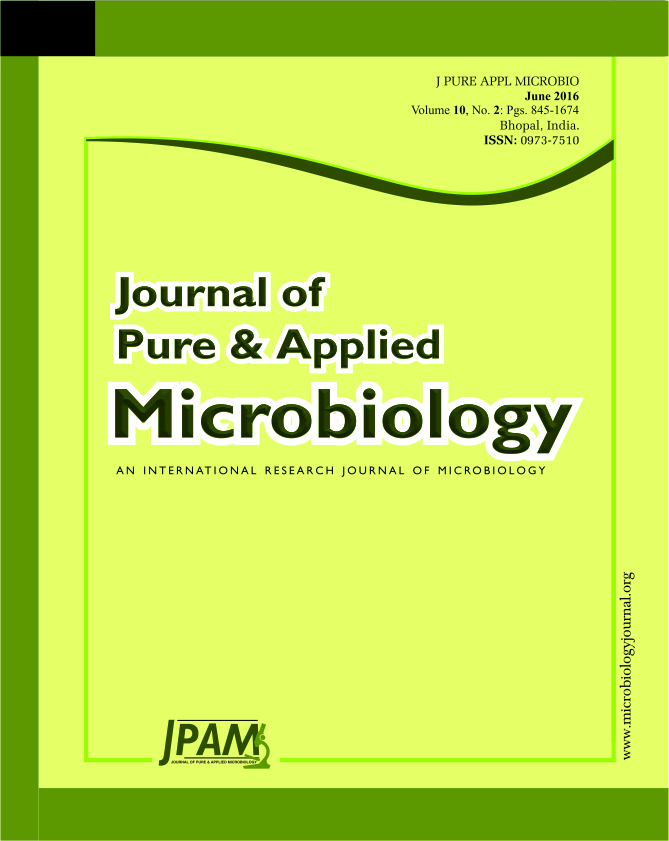Trichoderma belongs to a group of filamentous fungi which is an effective biocontrol agent too against various soil borne pathogens such as Fusarium, Pythium, Alternaria, Sclerotinia, etc. to name a few. The strains in this species exhibit a wide range of functionalities that prove to be fruitful to the ecology. Trichoderma has been validated as a potential bioagent due to its antagonistic activity against destructive pathogens. There are several antagonistic mechanisms exercised by Trichoderma species such as nutrient competition, antibiotic production and mycoparasitism, which justify its biocontrol activity, but, mycoparasitism has been taken into prior consideration in this study. Trichoderma has attained importance as a substitute for chemical pesticides and hence an attempt was intended to corroborate the positive relatedness of molecular and morphological characters. The study aims at identifying a fungal strain of Trichoderma from the soil of an Indian farm located at Meja in the state of Uttar Pradesh. A set of universal primers (Internal Transcribed Spacer regions) was used for the amplification of an 18S rRNA gene fragment and eventually leading to the identification of the strain as Trichoderma harzianum Th azad/6796. Phylogenetic analysis of the newly identified strain was carried out through bioinformatics tools to validate the results and assign this strain as the type strain of a species of the genus Trichoderma. Thus, an integrated approach of morphological and molecular markers can be employed to identify a superior strain of Trichoderma for its commercial exploitation. The strain has also been used in a talc-based bioformulation and its shelf life has been studied that could help in commercializing the specific strain of Trichoderma for the agricultural industry.
Trichoderma; Phylogenetic analysis; Internal Transcribed Spacer; DNA sequencing.
© The Author(s) 2016. Open Access. This article is distributed under the terms of the Creative Commons Attribution 4.0 International License which permits unrestricted use, sharing, distribution, and reproduction in any medium, provided you give appropriate credit to the original author(s) and the source, provide a link to the Creative Commons license, and indicate if changes were made.


